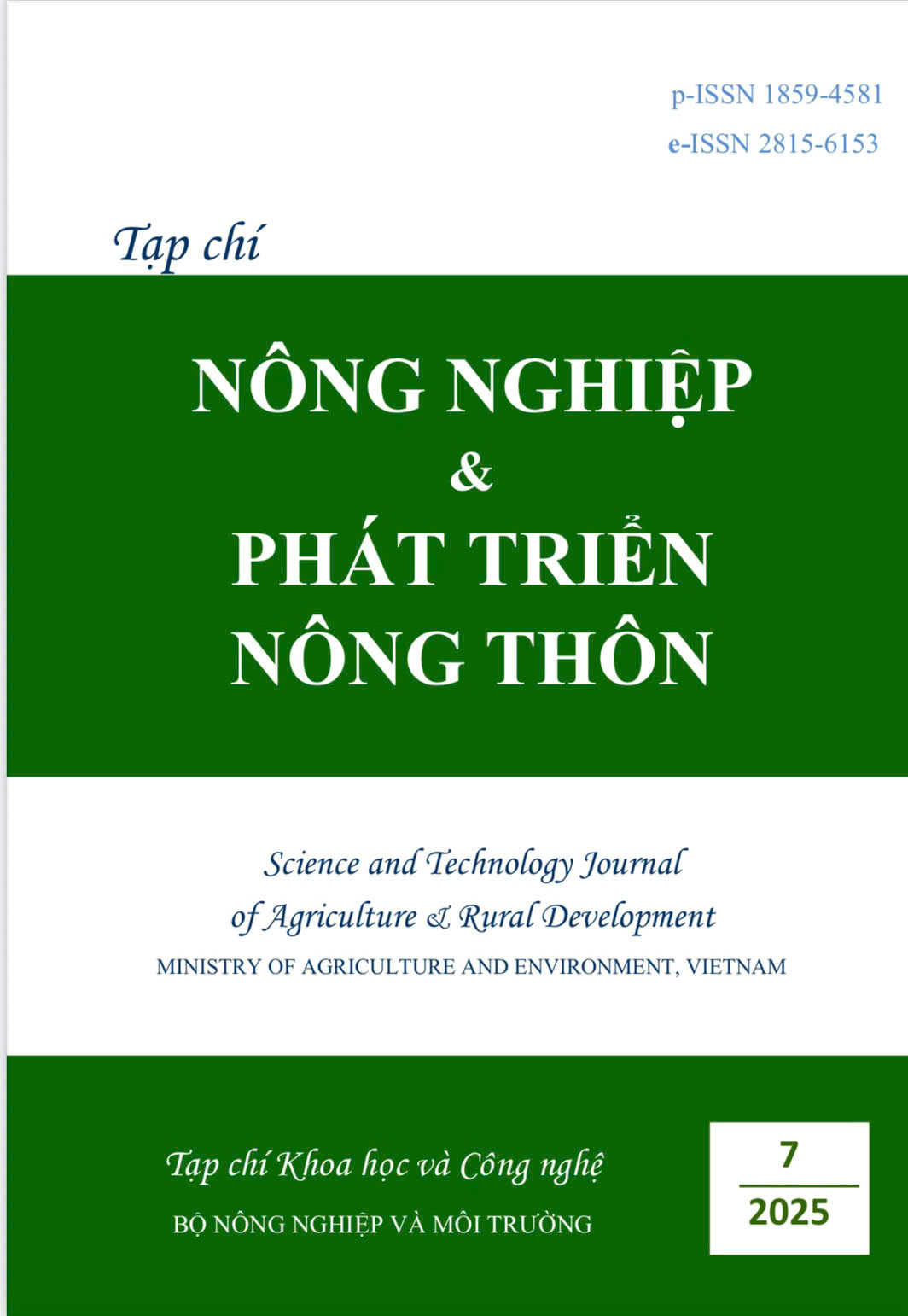STUDYING EVALUATION OF CURRENT CULTIVATED PRACTICES AND RECCOMENDATION SUSTAINABLE APPROACHES OF POMELO IN BEN TRE PROVINCE
DOI:
https://doi.org/10.71254/8qvzgv80Keywords:
Ben Tre, cultivation practices, pomelo, salinity intrusionAbstract
Pomelo is the major plant in Ben Tre province and the cultivated area has been re-expanded in recent periods. The aim of the study was to determine the status of cultivating techniques and recommending possible solutions of pomelo cultivation. Depending on a face-to-face interview methodology, 90 farmers in three districts were interviewed for farming techniques, the current status of fertilizers used, the insect pests and diseases of pomelo. The results showed that 78.9% of surveyed smallholdings were affected by salinity intrusion negatively. The local farmers had rich experience in pomelo cultivation practices such as bed designing, watering, weed management. However, the farmers’ fertilizer practices were imbalanced, over the recommended amount, rare use of organic fertilizers, microbial fertilizer and biological products. The amount of inorganic fertilizers N, P2O5, K2O for pomelo were 1.07, 0.818, 0.704 kg/tree/year, respectively while it was 9.73 kg/tree/year for organic fertilizers. In particular, there were about 20% of surveyed farmers did not apply biofertilizers in a year of pomelo cultivation. On the other hand, farmers attended to use biological control in pest management and most farmers did not use chemical products for plant flowering stimulation. The mean annual yield of pomelo was 71.7 kg/tree. SWOT analysis showed the potential of expanding intensive pomelo-cultivated zone to the export to markets, such as Europe and America, in case of addressing of the detrimental effects of salinity intrusion. Nutrient sources should be increasingly derived from biological sources such as biofertilizers or microbial organic fertilizers.







